US correspondent Thomas May attends a boldy engaging interpretation of Vivaldi’s inescapable classic featuring Seattle Symphony associate concertmaster Helen Kim at Benaroya Hall on 1 May 2025
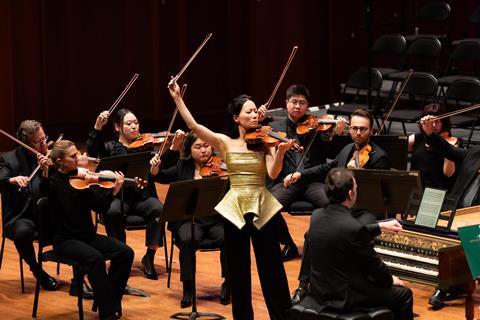
Though the Seattle Symphony fielded a notably smaller ensemble for this week’s Baroque programme – some players are doubling in Seattle Opera’s Tosca, which opens on the weekend—the aesthetic impact was anything but modest. The concert’s first half, led by associate conductor Sunny Xia, presented dynamic performances of sacred works by Bach and Vivaldi, but it was soloist Helen Kim’s Four Seasons following intermission that delivered the evening’s most arresting and satisfying musical insights.
Serving as the orchestra’s associate concertmaster since the 2022–23 season, Kim performed on a new instrument finished only two months earlier by Alina Kostina, a Seattle-based violin maker. She already sounded completely at home exploring its possibilities, just as she was with Vivaldi’s ubiquitous quartet of violin concerti, published as part of a larger collection exactly three centuries ago. That familiarity, however, led not to routine but to risk-taking and a strikingly original, characterful interpretation.
Rather than treat The Four Seasons as received wisdom, Kim conveyed a sense of its wondrous novelty. With line-by-line English translations of each season’s corresponding sonnets projected above the stage, the music’s vivid programmatic elements came to life like scenes unfolding on a screen. The sheer variety of sonic images Kim commanded – entire ecosystems, along with the moods and misadventures of humanity – was rendered with remarkable specificity and flair. Vivaldi’s music became an invitation to animate a gallery of types as varied as those in a genre painting by Brueghel.
Rather than treat The Four Seasons as received wisdom, Kim conveyed a sense of its wondrous novelty
In ‘Spring,’ Kim’s violin danced with a joy both elegant and earthy. ‘Summer’ proved particularly gripping, filled with environmental menace and expressive daring. Kim’s imaginative phrasing differentiated each avian reference: the plaintive coo of the turtle dove, the twitchy dart of the finch. Her tempo elasticity had theatrical purpose – the nervous stillness of the Adagio inevitably giving way to a storm of tautly howling ferocity. Kim’s violin spoke in a language as contemporary as it was Baroque.
Abounding with surprises, Kim’s playing showed a gift for making even the most familiar passage feel freshly imagined, avoiding eccentricity while underscoring Vivaldi’s innovation. ‘Autumn’ found her teasing out an almost surreal humour, with woozy gestures depicting Bacchic revels and drunken slumber, while the onomatopoeia of the hunt displayed another dimension of her virtuosity. Her warm legato in the Largo from ‘Winter’ offered lyrical shelter from the biting cold.
It was also a deeply collaborative performance, with Kim leading her colleagues in a shared exploration – echoing bird calls with fellow strings and engaging in spirited dialogue with cellist Meeka Quan DiLorenzo.
The first half of the programme included Vivaldi’s other most famous composition. In his Gloria, soprano Nola Richardson’s silvered radiance was complemented by the expressive warmth of mezzo-soprano Sarah Larsen and oboist Mary Lynch VanderKolk. Leading a chamber-size version of the orchestra and the Seattle Symphony Chorale, Sunny Xia shaped a compelling dramatic arc. Richardson’s agile voice also came to the fore in the opening solo cantata by Bach—Jauchzet Gott in allen Landen! (BWV 51)—paired with trumpeter David Gordon’s brilliant tone.
THOMAS MAY
Read: Seattle Symphony welcomes two new concertmasters
The number one source for playing and teaching books, guides, CDs, calendars and back issues of the magazine.
In The Best of Technique you’ll discover the top playing tips of the world’s leading string players and teachers. It’s packed full of exercises for students, plus examples from the standard repertoire to show you how to integrate the technique into your playing.
The Strad’s Masterclass series brings together the finest string players with some of the greatest string works ever written. Always one of our most popular sections, Masterclass has been an invaluable aid to aspiring soloists, chamber musicians and string teachers since the 1990s.
The Canada Council of the Arts’ Musical Instrument Bank is 40 years old in 2025. This year’s calendar celebrates some its treasures, including four instruments by Antonio Stradivari and priceless works by Montagnana, Gagliano, Pressenda and David Tecchler.



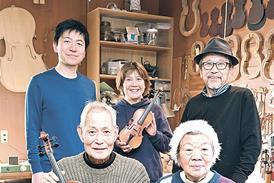
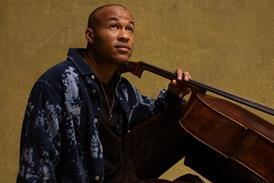
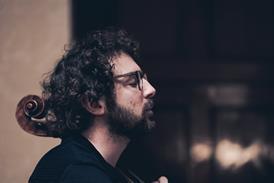
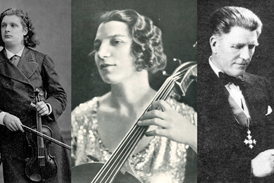


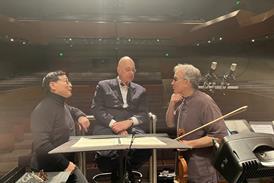
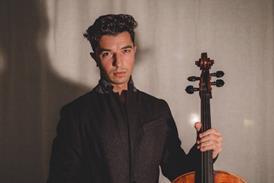
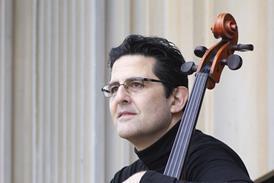
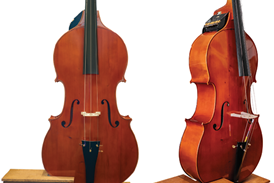



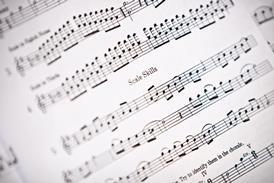


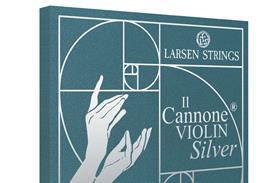
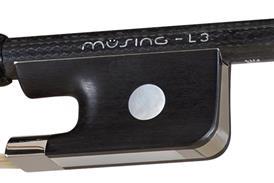

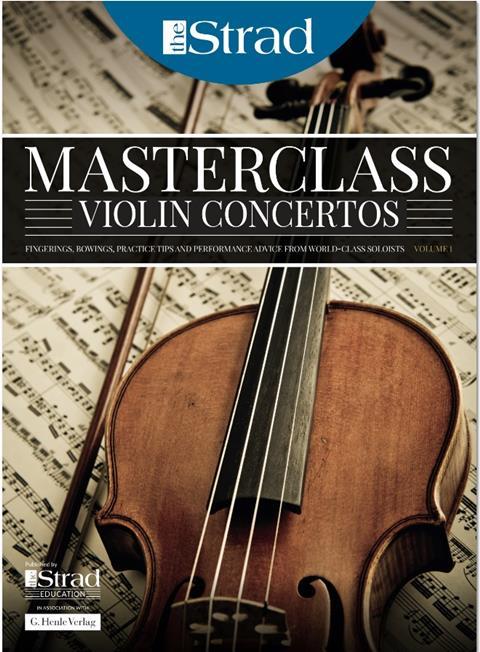
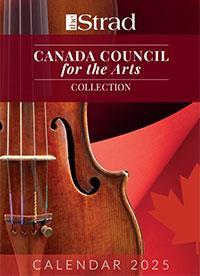


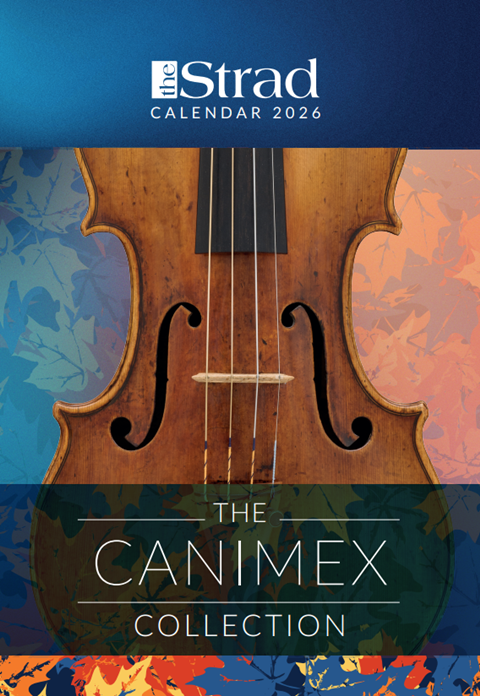

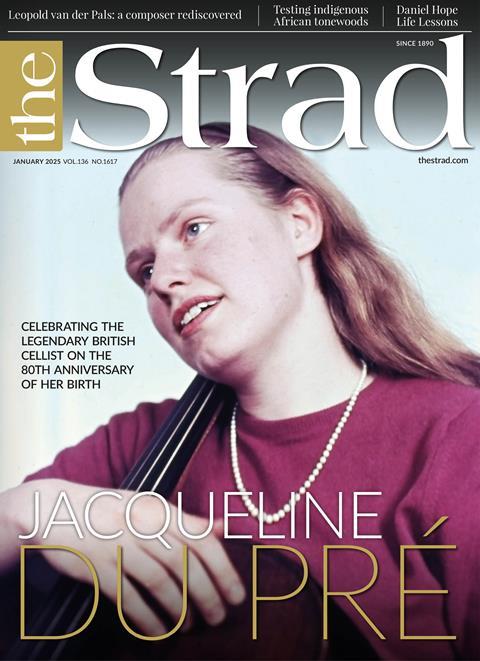

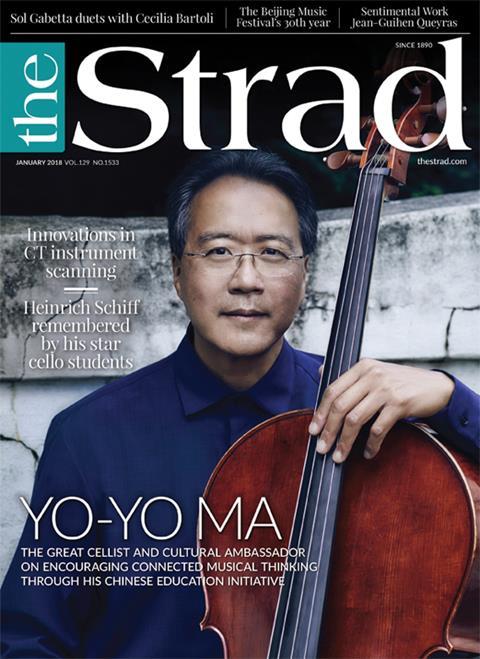












No comments yet